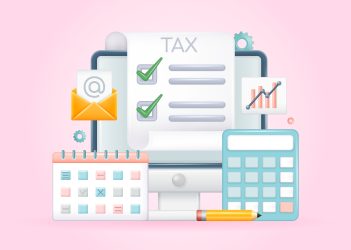
HM Revenue & Customs (HMRC) is reaching out to around 560,000 individuals over the next few weeks regarding their tax obligations.
These letters, which will include a detailed calculation of tax owed, are being sent to customers who have taxable income but are not currently in the self assessment system, or for whom tax cannot be automatically deducted via a PAYE tax code.
If you are among those receiving this letter, it is important to understand what it means and what steps you need to take.
What is the simple assessment?
The simple assessment process is HMRC’s way of ensuring that individuals with taxable income, who are not covered under the usual PAYE or self assessment systems, pay the correct amount of tax.
It allows HMRC to issue a tax calculation directly to the taxpayer, outlining how much tax is owed and when it needs to be paid.
For many, including around 140,000 pensioners, this will be the first time they have received a simple assessment.
The letter you receive will provide all the information you need to understand and settle your tax liability.
What to expect in your HMRC Letter
The letter from HMRC will include:
- The amount of tax owed based on your income between April 2023 and April 2024
- Instructions on how to pay the tax you owe and provide details on when the payment is due, which is typically by the following 31 January
- Steps to resolve any issue you may have with HMRC’s calculation
You can choose to pay in smaller amounts as long as the total is paid by the due date.
You don’t need to do anything until you receive the letter.
If you don’t receive a letter, it likely means you have no additional tax to pay, and there’s no need to contact HMRC.
Be aware of fraudulent letters
It is important to be aware that scammers may attempt to exploit the HMRC’s simple assessment letters to trick people into providing personal information or money.
Fraudsters might send out fake letters, emails, or texts pretending to be HMRC.
Genuine HMRC letters will include specific details about your tax calculation and instructions on how to pay, and they will never ask for sensitive information via email or text.
If you receive a suspicious communication, do not engage or provide any information – verify the legitimacy by contacting HMRC directly using official contact details.
To protect yourself from scams, look for red flags such as urgent language, threats of legal action, or promises that seem too good to be true.
Always verify any unexpected communication before taking action.
What should you do next?
Receiving a letter from HMRC about your tax obligations can be concerning, especially if it is your first time dealing with a simple assessment.
However, there is no need to worry – help is available.
If you have received one of these letters and are unsure about what to do next, or if you disagree with the tax calculation, contact us today for expert advice.

